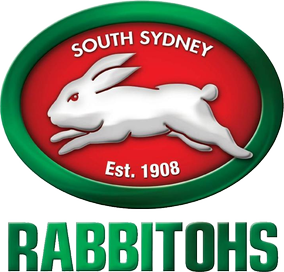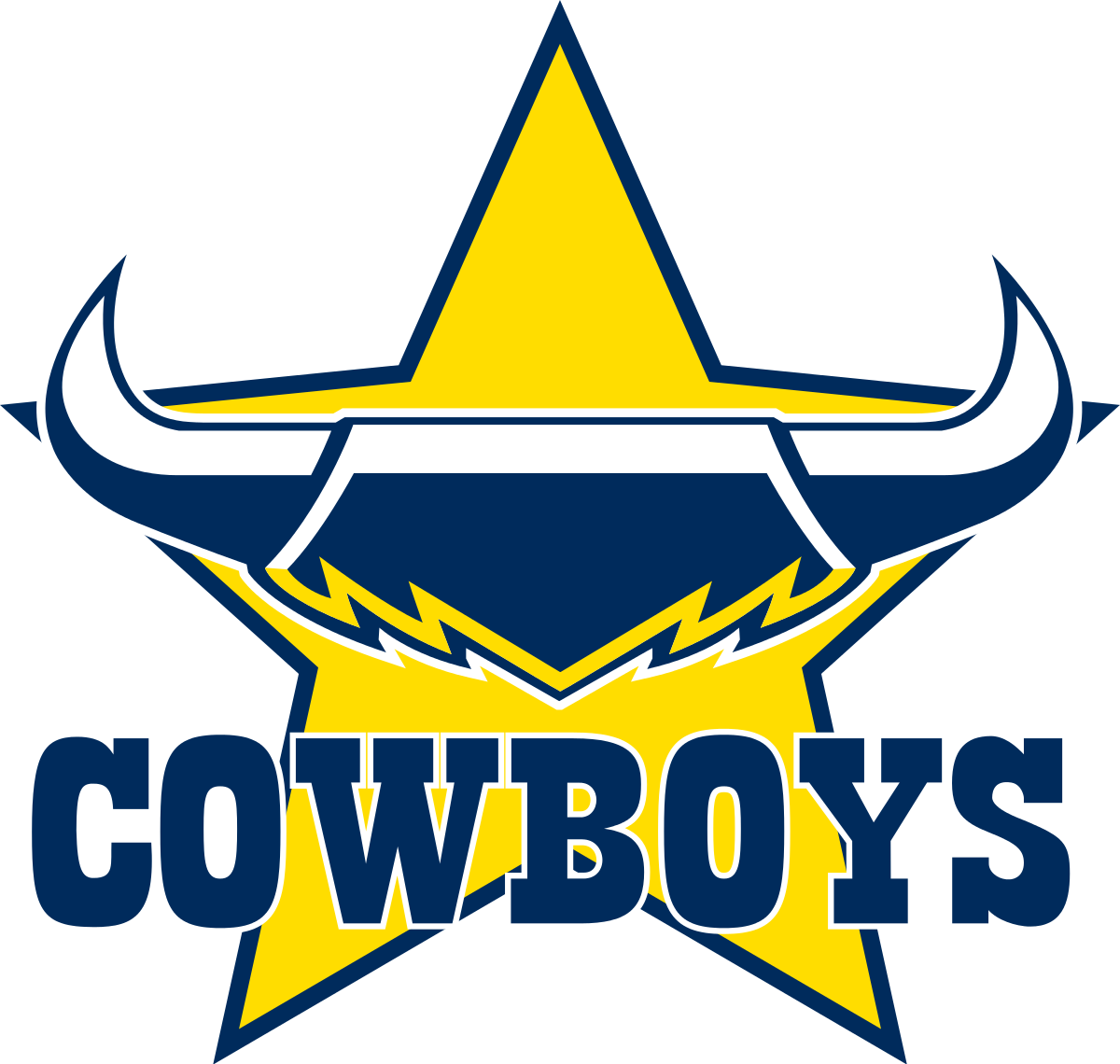Content
The expense recognition principle is central to accrual accounting. Execute it correctly, and you’ll create accurate statements that reflect your company’s financial position. Under cash accounting, income and expenses are recognized when cash changes hands, regardless of when the transaction happened.
- For example, the income statement, balance sheet, etc.
- IPSAS does however require the preparation of a statement
of comparison of budget and actual amounts, and of reconciliation between
budgetary results with the cash flows reported in the cash flow statement. - Construction managers often bill clients on a percentage-of-completion method.
- The contract monitoring process tracks and measures supplier
performance accurately.
Click the Work Overview link in the left-hand menu. The
Work Overview will open, listing all the documents awaiting your action. Click the Approvals tab at the top of the screen. A confirmation message displays on the screen stating that the ownership
of the Shopping Cart has been taken over. The process to edit and amend a Shopping Cart depends on the
Shopping Cart’s stage of ordering or approval.
Accounting Standards Codification (ASC) 606
Note that changing your accounting method requires additional filing requirements with the IRS. Revenue is a key metric for any business. Certain businesses must abide by regulations when it comes to the way they account for and report their revenue streams. Public companies in the U.S. must abide by generally accepted accounting principles, which sets out principles for revenue recognition.
Optionally, scroll down to Total
Goods Movement Status and enter ‘A’ to filter Inbound Deliveries for
which a Goods Receipt has NOT been processed already. To open a new PO, click the Other PO button (left of the law firm bookkeeping Print
Preview button). Click the Edit button to enter the edit mode. Click the Show Quick Criteria Maintenance button to search
for an LVA by various criteria. You may also use the Advanced Search function.
Timing of Recognition – Delivery Principle
Student
Financial Services within the Office of the Controller is responsible for student
billing including recording and processing student loan payments. Sally will record this journal entry every month during the time the machine is being used throughout its useful life or until she sells or retires the machine. The following entry will show how Sally recorded the initial expense of purchasing the machine. Becky records this journal entry in June to record the commission expense. Had Becky not recorded the inventory she purchased, then the inventory amount recorded on her balance sheet would not be correct. John owns a toy store and sells toys, usually for cash, to his customers.
- Once the posting run
executes, the changes to the advance amount is posted to FI. - There is no specific IPSAS standard relating purely to
expenses, however the recognition of expenses is a concept that crosses over
almost every IPSAS standard. - Add items as you would with a standard Shopping Cart and complete
any (or all) other fields (for example, Item Details, Account Assignment,
etc.). - It serves as proof of the goods
receipt in the system. - Click the Execute icon
to generate the report.
If an expense is recognized too early, the company’s net income will be understated. If an expense is recognized too late, a company’s net income will be overstated. Similar to the revenue recognition principle, the expense recognition principle states that any expense that your business incurs should be recognized during the same period as the corresponding revenue.
What are the methods to recognize expenses?
The matching principle, a fundamental rule in the accrual-based accounting system, requires expenses to be recognized in the same period as the applicable revenue. However, the matters it addresses may be equally applicable for other levels of governments (state, provincial and local governments). The differences between accrual and cash accounting also have significant tax implications. For example, a potential tax consequence of accrual accounting is that tax payments may be due on revenue that has been recognized, even though the company has not yet received the cash for some of those transactions. In accrual accounting, a company recognizes revenue during the period it is earned, and recognizes expenses when they are incurred. This is often before—or sometimes after—it actually receives or dispenses money.
Click the Revoke Acceptance icon
to reverse this SES. After clicking the icon, the Approve button appears
again and the status of the SES is changed from ‘Accepted’ to ‘Acceptance
revoked’. To reverse the SES, enter ML81N in the Command field
and press Enter. In the open window, click the Get Variant icon and select the
variant from the Variant Directory and press Enter. When advised by the Requisitioner (offline), the Approver (HR
Partner) enters into Umoja using the T-code ZSA_ACCEPT_SES and approves
the multiple SES. Select the variant created from the Variant Directory and
press Enter.
The processes below are applicable for procurement
activities related to goods and services expense recognition that are conducted
in SRM. The scope of this requirement is potentially broad and a large number of items may need to be assessed. In practice, the most significant area is often financial instruments, including classification in accordance with IAS 39 or IFRS 9, assessment of embedded derivatives and hedge accounting.





































